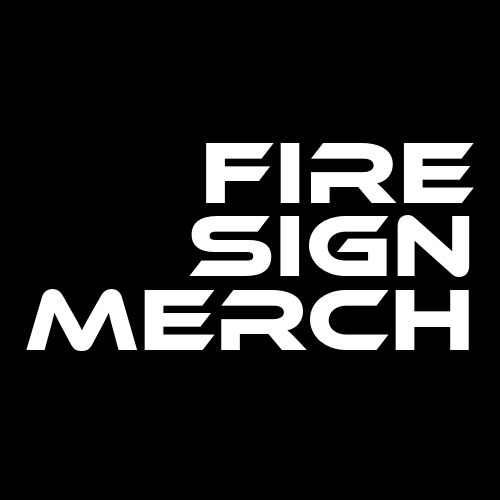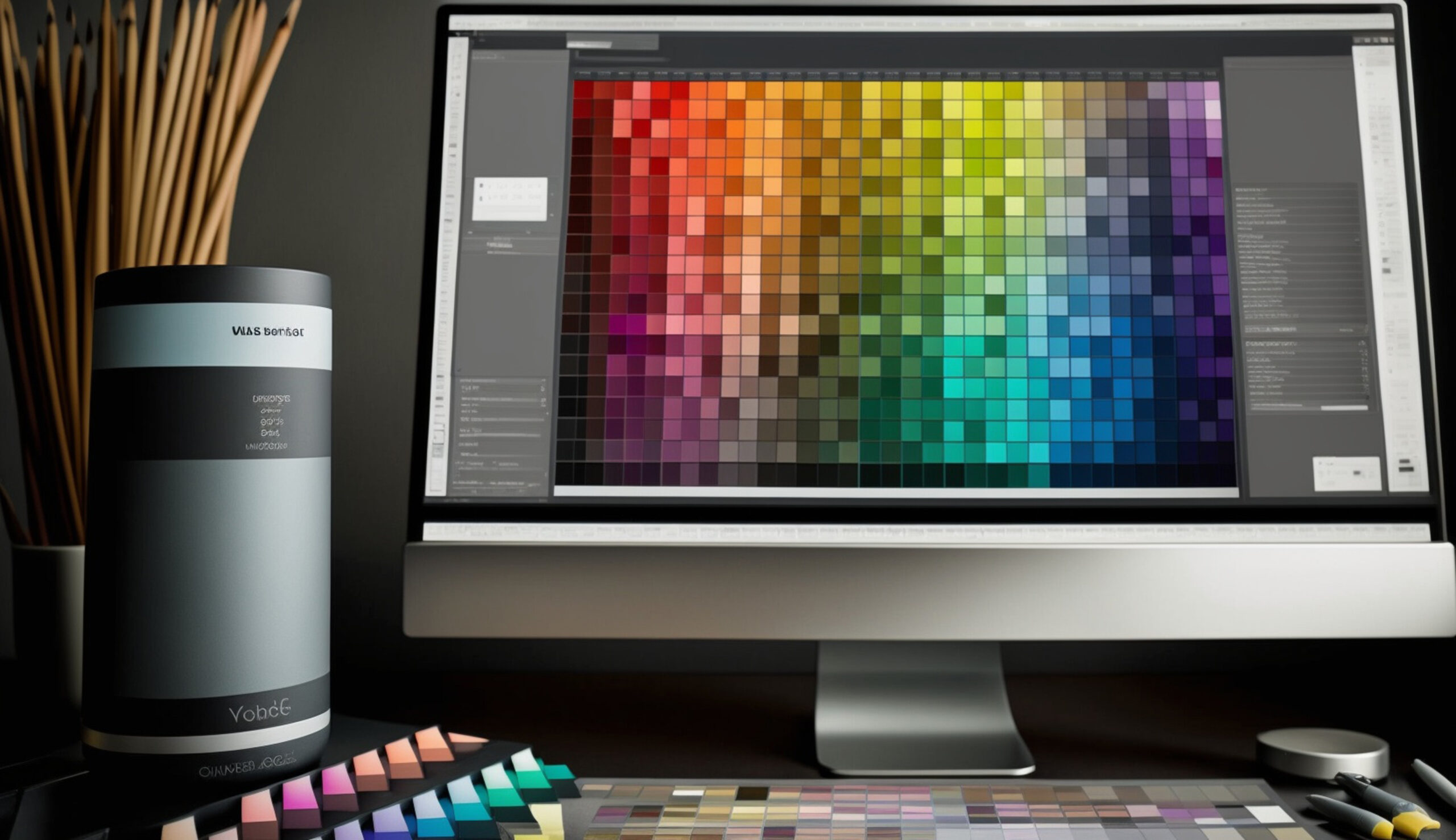When you contact Fire Sign Merch about your project, one of the key pieces of information we will require is your hi-res art file. Hi-Res art files can come in many different formats, but printers require precision, scalability, and clarity at high levels. In these respects, Vector art is a powerhouse. If necessary, they can be scaled large enough to create templates for murals that can accurately decorate the facade of a skyscraper.
Let’s talk about the significance of vector art, its advantages over alternative methods, and practical steps for vectorizing low-resolution images.
What is Vector Art?
Vector art is a digital graphic design approach that relies on mathematical equations to create images. Unlike raster images, which are composed of pixels, vector images are resolution-agnostic. Common file formats for vector art include SVG, AI, EPS, and PDF.
What are the advantages of Vector Art?
1. Scalability:
As mentioned above, Vector art can be resized infinitely without compromising quality. This makes it ideal for a wide variety of applications.
2. Precision and Detail:
Vector images are defined by mathematical equations. This makes vector art suitable for intricate design details, logos, and technical illustrations.
3. Versatility in Printing:
Vector graphics adapt seamlessly to different printing methods and materials, meaning consistent results across various print mediums and surfaces. It doesn’t matter if the artist is using ink, paint, cotton, or vinyl to create their final product.
4. Editability:
Vector images are highly editable, enabling designers to modify colors, shapes, and sizes easily. This flexibility streamlines the design process and allows for quick revisions. Keep in mind however that when revisions are necessary, it can increase lead times and incur graphic design fees.
5. Efficient File Sizes:
Vector files are smaller compared to raster images, making them efficient for storage, sharing, and processing.
What Are The Different Ways I Can Apply Vector Art?
Another advantage to having your vector art is that it can be repurposed. It’s not just a merchandise design. As your brand grows and your presence is required in new and different spaces, you should have vector art ready to go:
- Graphic Design: Widely used for creating logos, icons, and illustrations.
- Printing and Publishing: Essential for high-quality prints in brochures, banners, and packaging.
- Branding and Marketing: Ensures consistent brand representation across platforms.
- Web Design and Development: Adaptable to different screen sizes and resolutions.
- Animation and Multimedia: Used to create characters and visual elements in animations.
- Architectural and Interior Design: Utilized for precise representations of layouts and details.
- Fashion Design: Valuable for digital illustrations of clothing designs and patterns.
How Can I Vectorize Low Res Art Files?
Using Adobe Illustrator:
- Open Adobe Illustrator: Launch the software and open the low-resolution image.
- Place the Image: Import the image into your document.
- Image Trace: Use the “Image Trace” option, adjusting settings for desired results.
- Expand: Click “Expand” to convert the traced image into editable vector paths.
- Refine the Vector Art: Use editing tools to refine and clean up the vector artwork.
- Save the Vectorized File: Save the file in a vector format such as AI or SVG.
Using Online Vectorization Tools:
- Choose a Tool: Select an online vectorization tool such as VectorMagic or AutoTrace.
- Upload and Adjust: Upload the image, adjust settings, and initiate the vectorization process.
- Download the Result: Download the vectorized file provided by the online tool.
Contacting Fire Sign Merch:
Fire Sign Merch’s design team can vectorize a low-resolution image of your design with a 72 hour notice. Just send us a message via our Contact Form.

